Discover Parramatta - Self-guided trail
Explore the beauty of Parramatta Park on a walk from Wistaria Gardens to the Old Government House.
We have added 5 stations for you to take a break, engage in our activities, and answer the question on your map to get into the draw for one of our prices.
What you will need:
- Safari Hat (or a regular hat will do)
- Water
- Sense of adventure
Wistaria Gardens
Wistaria Gardens originally formed part of the Cumberland Hospital precinct. It holds a special place in the nation’s heritage and is one of Sydney’s most intact surviving Edwardian Gardens.
The garden is highly valued by the community for its beauty, cultural heritage and as a tranquil haven on the edge of the bustling Parramatta CBD. In spring when its colourful floral display is at its finest - the picturesque garden is a major tourist attraction for the city.
There are many different types of plants in this garden, and many of them rely on pollinators to visit their flowers so they can produce seeds and continue their lifecycle. Pollinators like bees, butterflies and birds fly around to attractive flowers to enjoy their sweet nectar. In doing this flower pollen collects on their bodies and is transported to flowers near and far that they visit.
Activity: Find that flower!
Let’s help our park pollinators find their favourite flowers. Use the chart information below to find attractive flowers for different pollinators:
Bees love flowers that are brightly coloured and sweet smelling.
Can you find any bright blue, purple or yellow flowers for a bee to enjoy?
Butterflies use their long mouthpart or proboscis to get nectar from deep inside flowers and are attracted to bright colours. Can you find any orange or red flowers that would attract butterflies?
Can you find any orange or red flowers that would attract butterflies?
Birds are great pollinators, often visiting large flowers on plants or in trees that have sweet nectar to enjoy.
Can you find any large red or white flowers a bird might like to visit?
Flying Foxes
The Grey-headed Flying-fox is one of the world’s largest bats with a breeding camp located on the banks of Parramatta River. Sometimes the breeding camp overheats during hot weather, so sprinklers have been installed in the trees of the Grey-headed Flying-fox camp as part of a trial to see if they bring some cooling relief during extreme heat events. The sprinklers pump water from Parramatta River up into the trees to mimic a summer rainstorm.
What other ways can we ensure the Flying-fox camp is happy, healthy, and safe at the park?
Flying foxes are intelligent animals that have an important role to play in the good health and regeneration of our natural vegetation. Pollen sticks to their furry bodies and as they crawl from flower to flower, and fly from tree to tree, helping to pollinate native plants, they also spread seeds in their droppings as they move around searching for food.
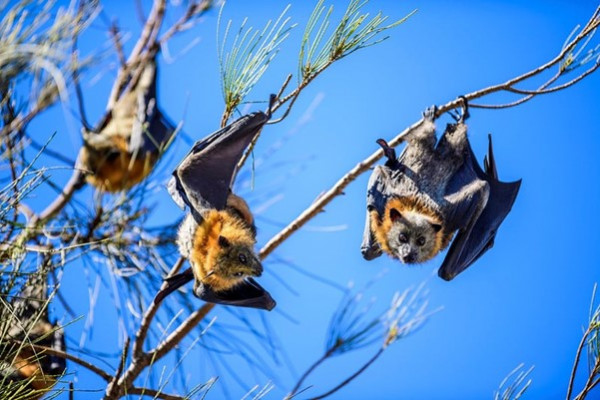
Activity: Making a Flying Fox
Create your own bat picture on the ground below their camp with found natural treasures. Use fallen sticks to create your bat’s outstretched wings and leaves, or any found soft materials for its furry brown and grey body. Check out the image below for some inspiration!
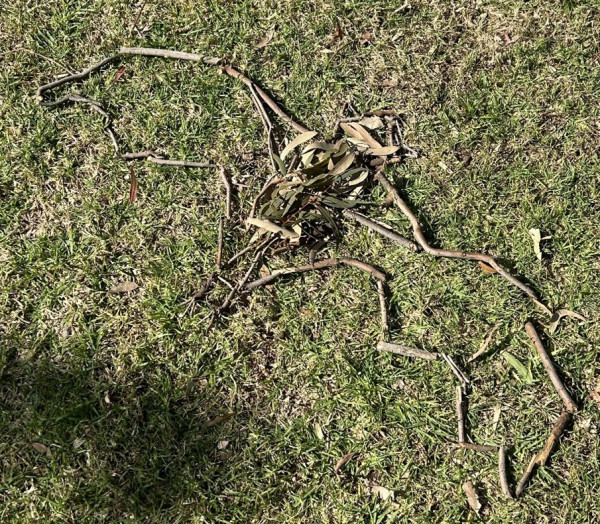
Little Coogee
This area was established as a swimming spot in the 1880s. Change sheds for men and women were constructed in 1905, and a life-guard was provided. In 1912, a life-saving carnival was held on the River, with demonstrations from the Coogee Lifesaving club. This association with Coogee beach is how Little Coogee got its name. As pollution in the river increased, swimming here became less popular, and eventually stopped. What’s one way we could help reduce pollution in this area?
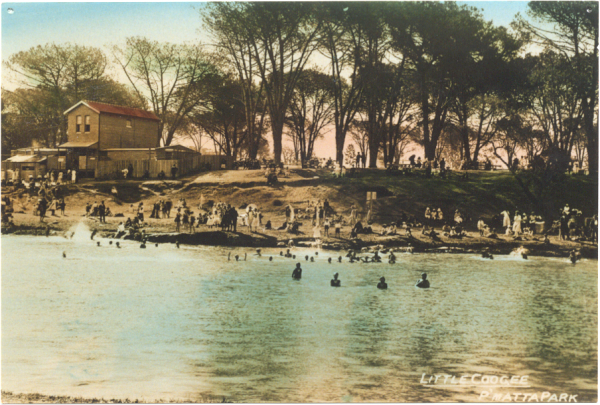
Who enjoys this river now?
Today we all enjoy visiting Parramatta Park for walks and activities, but it is also home to some 140 species of wildlife. The waterways are dominated by exotic Common Carp and Mosquito Fish but also have native Longfinned Eel, Australian Bass, Cox's Gudgeon and Firetailed Gudgeon. Bird watching is a fun activity at the park, and there are many different species looking for food in the river or flying tree top to tree top above. Some Handy tips for bird watching include:
- Take your time – don’t rush. By walking slowly, you will see more birds, especially the quiet or skulking ones.
- Make sure to listen for birds calling and take time to follow up unfamiliar calls (never ignore them!).
- Listen for noises other than bird calls. Sometimes birds quietly feeding in the treetops are often first detected by the sound of dropped seedpods falling to the ground.
- Be quiet. It lets you hear more birds and disturbs them less.
Activity: Snack time and bird watching
This looks like a good spot for a snack and observing the animals along the river, remember to take any rubbish with you to a nearby bin!
Can you spot any of these bird species along the river or in the sky?
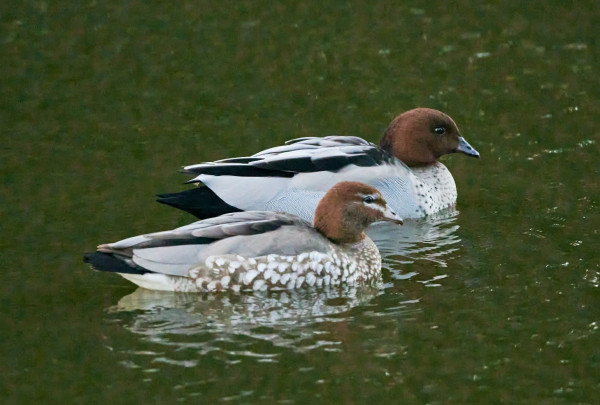
Australian wood duck
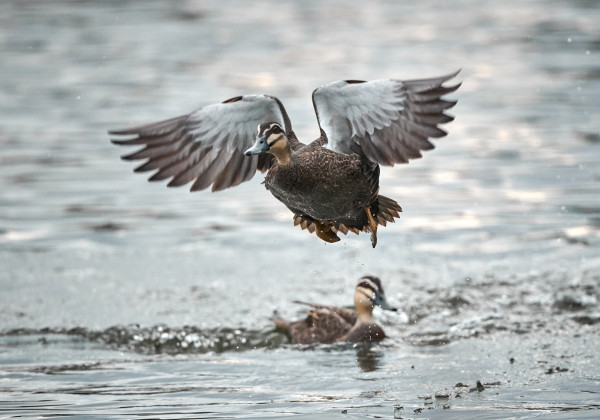
Pacific black duck
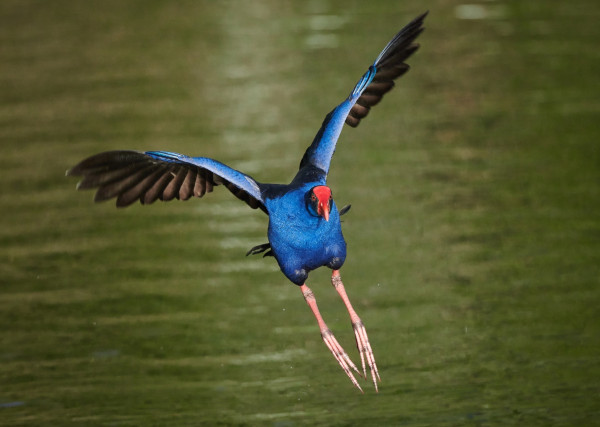
Purple swamp hen
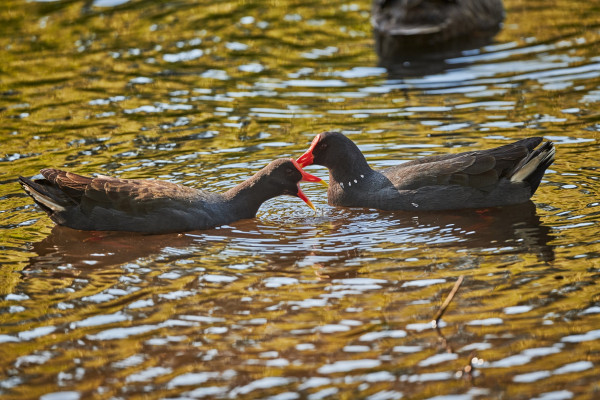
Dusky moorhen
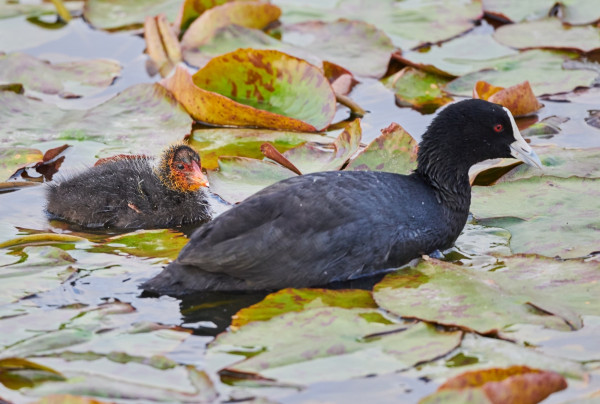
Eurasian coot
River walk
Parramatta Park contains a mixture of local indigenous and broader Australian native species. Trees that dominate the riparian zone (along Paramatta River) include the Rough‐barked Apple, Broad‐leaved Apple and River Oak interspersed with Narrow‐leaved Paperbark on swampy ground, and White Feather Honeymyrtle and Prickly‐leaved Paperbark in groups on the slightly better drained terrain adjacent to the creek lines.
The river Oak or Casuarina trees can be found growing along River and stream banks, their roots help stabilise the banks, which reduces surface-water runoff, erosion, and sedimentation. This helps maintain water quality for environmental and recreational purposes.
Activity: Nature Investigation
Now that we know a little more about some of the trees lining the river, let’s go on a nature treasure hunt and further inspect different parts that make up the Casuarina trees. Once you have found a natural treasure, complete the investigation task.
Remember if you find these treasures fallen on the ground you may pick them up and take them with you, but if they are still growing on a tree give them a gentle touch and leave them attached to continue living and growing!
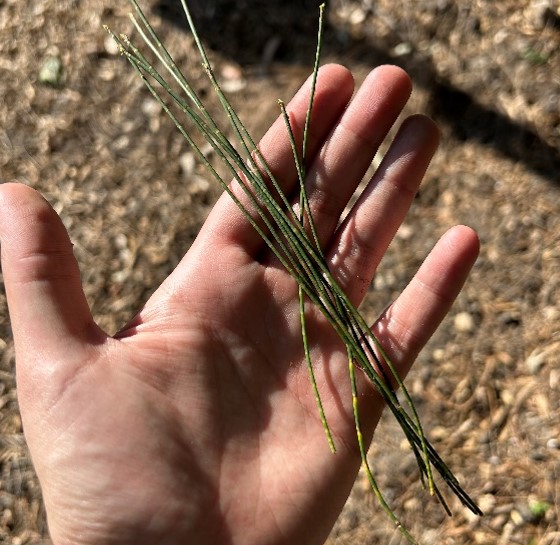
Can you find some branchlets from the Casuarina trees?
These needle-like branchlets are green and have little line markings or joints along the length. The green parts (or brown if it’s old and dry) are not leaves, but modified stems or branchlets.
Investigate: Notice the branchlets are split into segments? If you’ve found one on the ground snap off a segment to have a look inside. The true leaves of this plant are tiny and found just above the joints. They are shaped like little, tiny teeth!
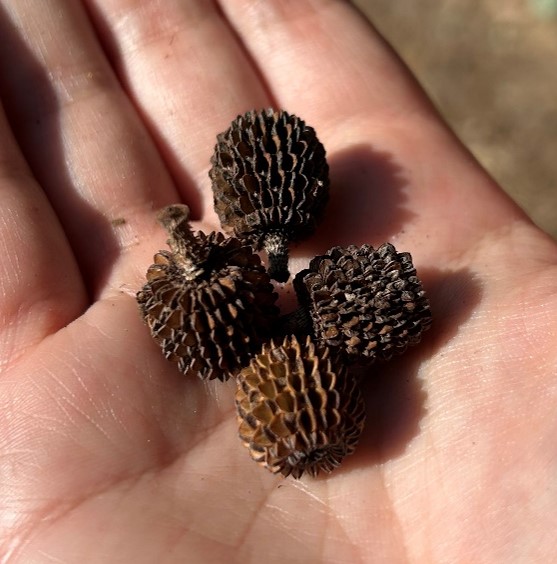
Can you spot these woody fruits from the Casuarina trees?
The fruit of the Casuarina tree is a woody, oval structure superficially resembling a conifer cone.
Investigate: Feel the seed between your fingertips. Does it feel smooth or bumpy? Notice the tiny pockets that look like little mouths? The tree seeds are found in these pockets, and they are winged to allow for wind pollination. Cones or fruits filled with seed are important source of food for birds such as black cockatoos, finches, and rainbow lorikeets.
The Crescent
Information:
This image of the crescent from 1791 shows the Government Farm on the left. The crescent was a natural amphitheatre on the riverbank, and the river often formed a billabong during lots of rain, as can be seen in the picture. After the weirs were constructed and the riverbanks stabilised, the natural billabong was lost.
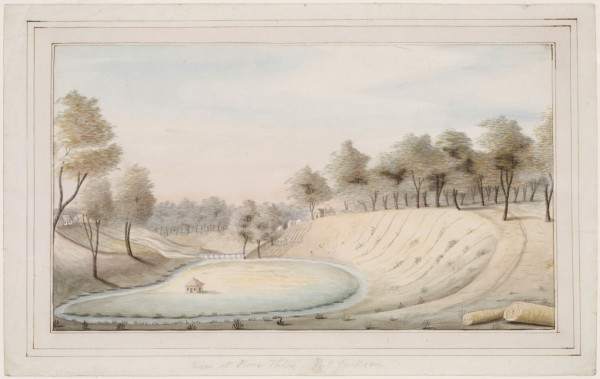
Activity - Billabong challenge:
Let’s think about some animals that would have visited the billabong in the past, and how they might move on land or in water. Move like your chosen animal up or down the grassy hill and STOP at the point you think the billabong edge used to reach after a heavy rain. Perhaps you’ll slither like an eel or leap like a frog for this challenge. How deep would your billabong be? What else can you find near a billabong?
Old Government House
In 1788 there was an urgent need to grow to crops to feed the fledgling colony, so Governor Phillip and a party of Marines explored the river and selected a site to establish a Government Farm. He named the area Rose Hill, and then later changed it to Parramatta.
Governor Phillip situated the Government House to look across the river to the farm, and along the rows of convict huts on the flat below the house. Governor Phillips small house was replaced in 1799 by a larger house built by Governor Hunter, which was then extended by Governor Macquarie in 1818 which is the house you can still see today.
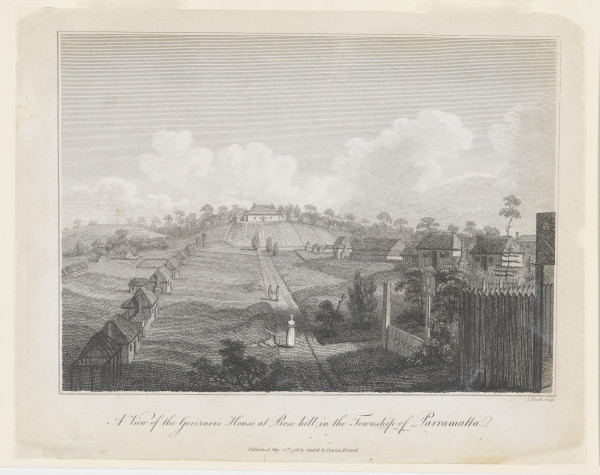
Activity: Welcome to Old Government House
Stand on the carriage circle in front of Old Government House. Can you imagine arriving here in a horse and carriage to meet the Governor?

